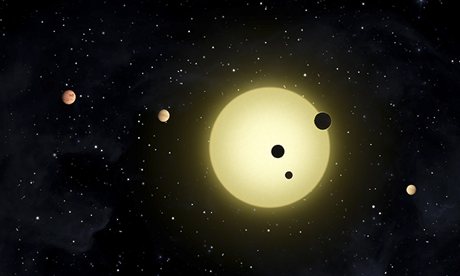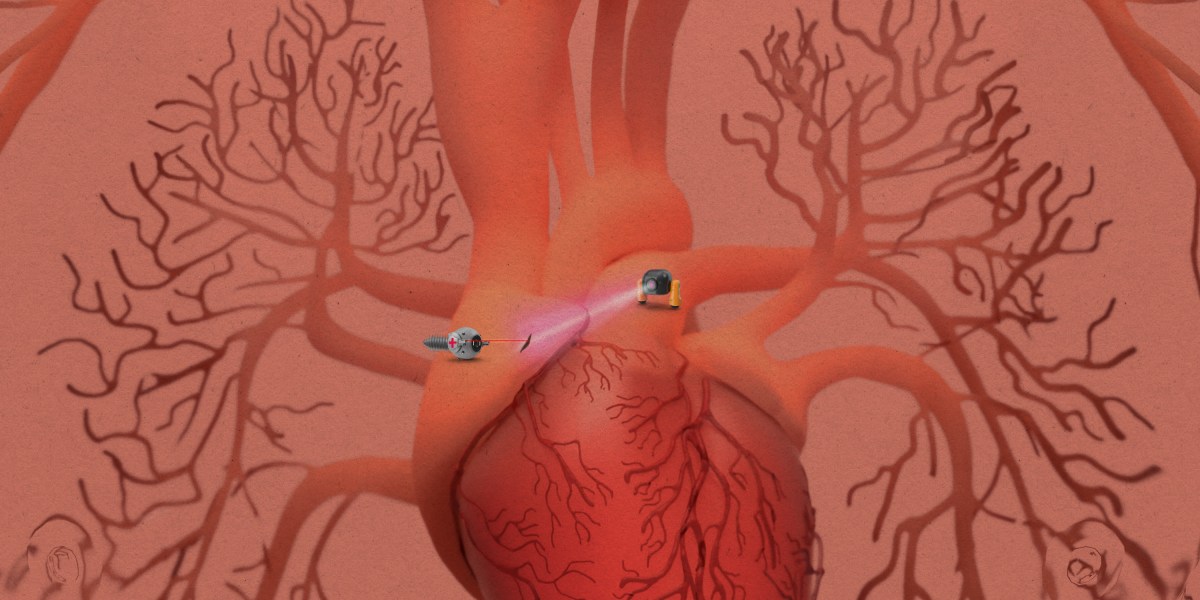Jimmy the Gent
Full Member

These images are merely intended to be reasonable artist renderings based on available evidence, understanding that evidence regarding skin color, hair, and other characteristics are limited. Enjoy.

















Two billion planets in our galaxy may be suitable for life.
Data from Kepler space observatory suggests planets capable of supporting life are far more common than previously thought...
Our galaxy probably contains at least two billion planets that, like Earth, have liquid water on their surfaces and orbit around their parent stars in the "habitable zone" for life. The nearest, according to astronomers, could be a mere 12 light years away.
A new study, published today in the Proceedings of the National Academy of Sciences, suggests that Earth-like planets capable of supporting life are far more common than previously thought. Using measurements from Nasa's Kepler space observatory, scientists led by Erik Petigura the University of California, Berkely, estimated that 22% of our galaxy's sun-like stars had rocky planets circling them that were within the zone that meant they got roughly the same amount of light energy as Earth gets from the sun. There are around 100bn stars in our galaxy, of which 10% are like the sun.
So far Kepler has studied more than 150,000 stars and identified more than 3,000 candidate planets, but many of these are "gas giants", similar to Jupiter, that orbit close to their parent stars. If there is life out there, it is far more likely to have evolved on rocky planets with liquid water on their surfaces, similar to Earth.
To get their results, Petigura's team looked for planets in Kepler data that had a radius up to double that of Earth. They searched for planets that orbited far enough from their star that liquid water would not evaporate, but not so far that the water would all freeze.
Subhanjoy Mohanty, an astrophysicist at Imperial College London who was not involved with the study, said: "This is the first estimate of the frequency of Earth-like planets around sun-like stars, in orbits large enough to lie in the habitable zone of their stars. The finding that roughly one in five sun-like stars may host such planets is an incredibly important one, probably exceeding the expectations of most cautious astronomers."
He added that the latest analysis increased the chances that there might be life somewhere among the stars. "Previous analyses of Kepler data had shown that red dwarfs – the most common type of star in the galaxy, making up about 80% of the stellar population – very frequently harbour Earth-size planets, including in their habitable zones. This new study shows that the same is true as well around stars more like our own sun. This is certainly an added impetus for planned future missions which will study the atmospheres of these potentially habitable planets, enabling us to investigate whether they are in fact habitable or not, and also whether their atmospheres show actual biosignatures of existing life."
Nasa also announced on Monday that the Kepler probe would be given a new lease of life, following fears that it would have to end its mission after only four years in space. In May 2013, scientists discovered that one of the gyroscopic wheels – known as "reaction wheels" – that kept the probe pointing in the right direction had stopped working and, try as they might, Nasa engineers could not get it working again. Unable to point itself at the stars with any accuracy, the probe could no longer be used to collect data about the position of new exoplanets.
But it looks as though there could be a solution that reorients the probe to look along the plane of the galaxy, which will allow it to remain stable with only two of its reaction wheels working. "The old saying 'necessity is the mother of invention' has rung true here, with engineers and scientists from Nasa and the spacecraft manufacturers having figured out this way to, we hope, recover much of the performance we thought we had lost. We are very excited," said Bill Chaplin, an astrophysicist at the University of Birmingham in the UK.
If all goes well, the new Kepler mission – dubbed "K2" – will look for planets around smaller stars than the sun, and will also study the stars themselves. "There are a wealth of fantastically interesting targets for astrophysics that can be observed in the ecliptic plane, which were not accessible in the original Kepler field, notably brighter clusters of stars – where the common origins and distances to these stars make the clusters excellent laboratories for testing our understanding of stars – and young, star-forming regions," said Chaplin.

